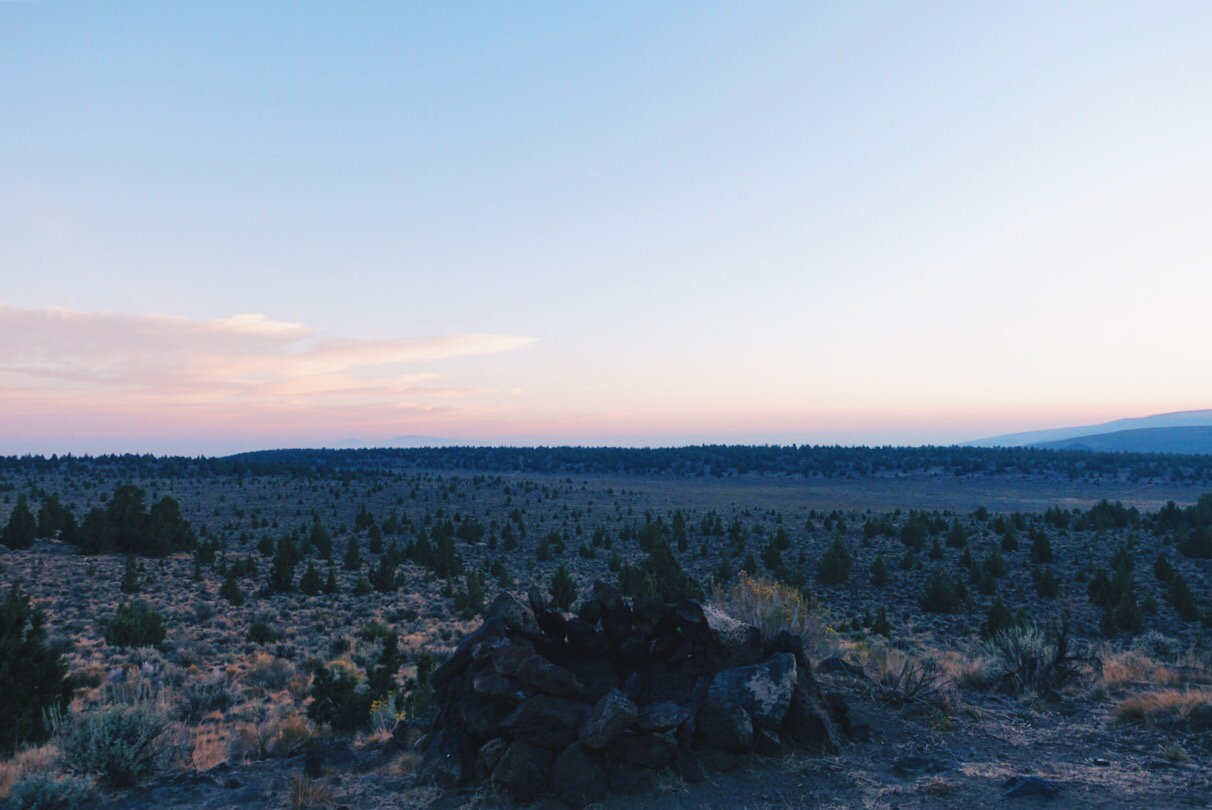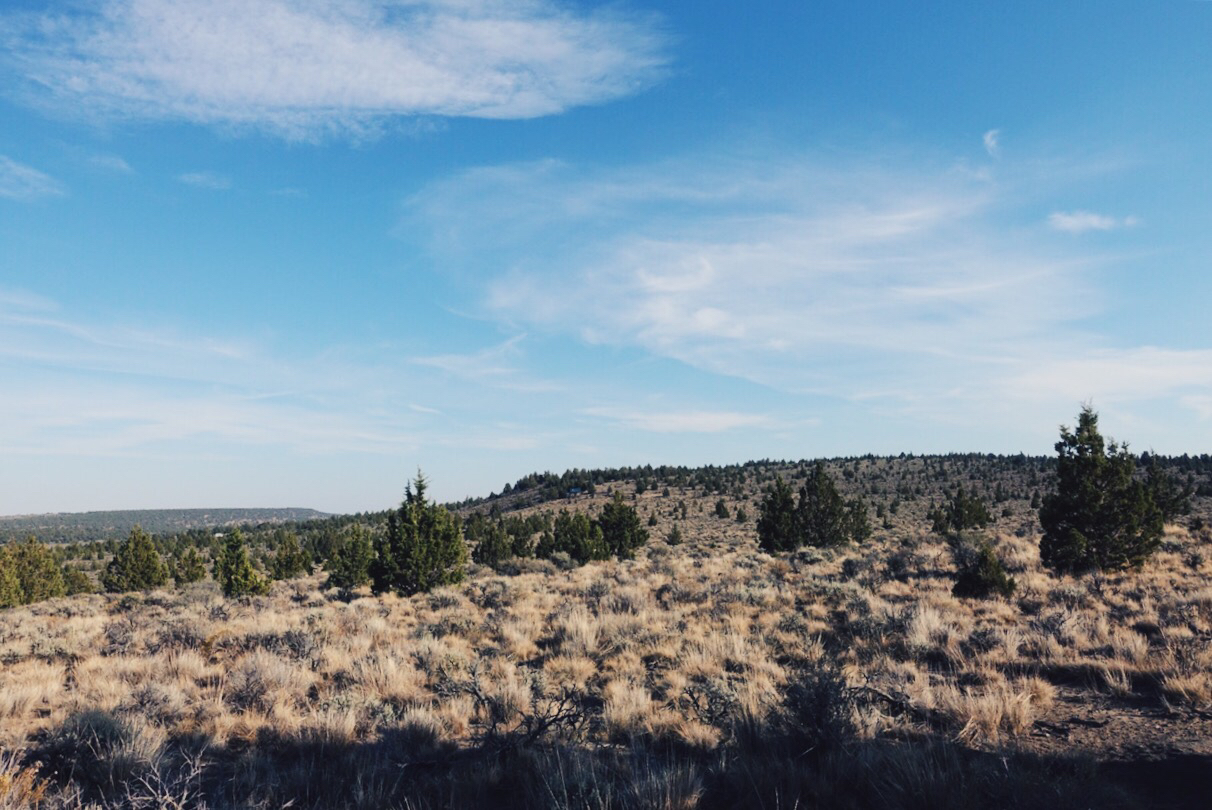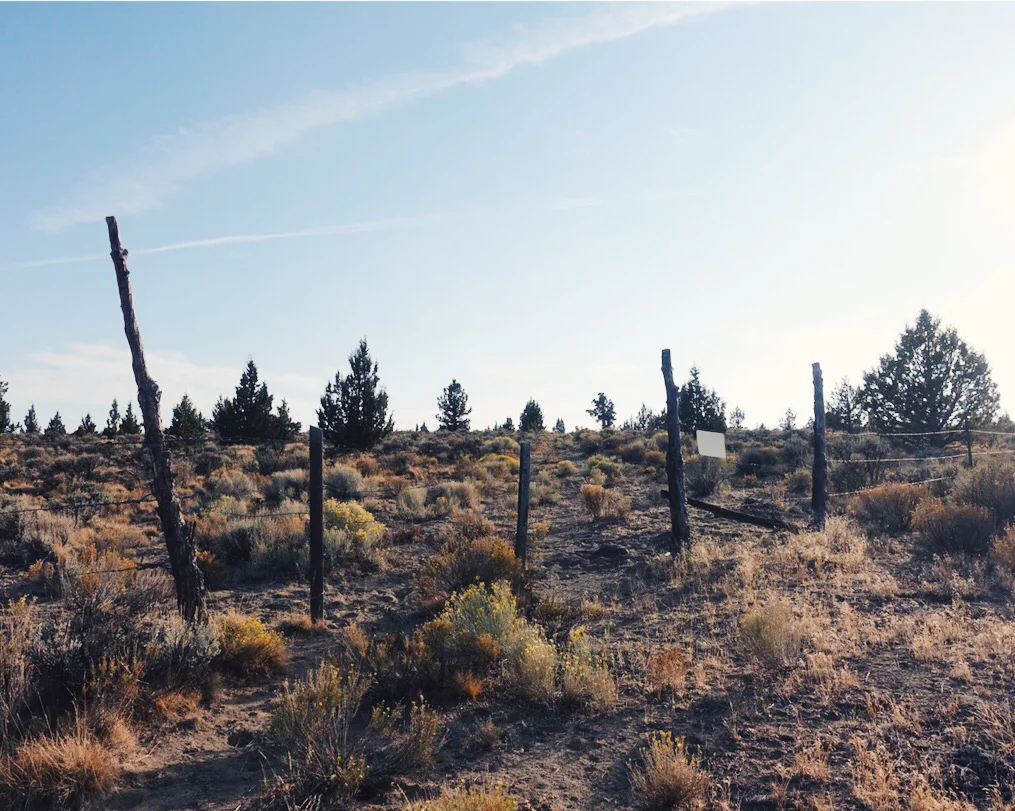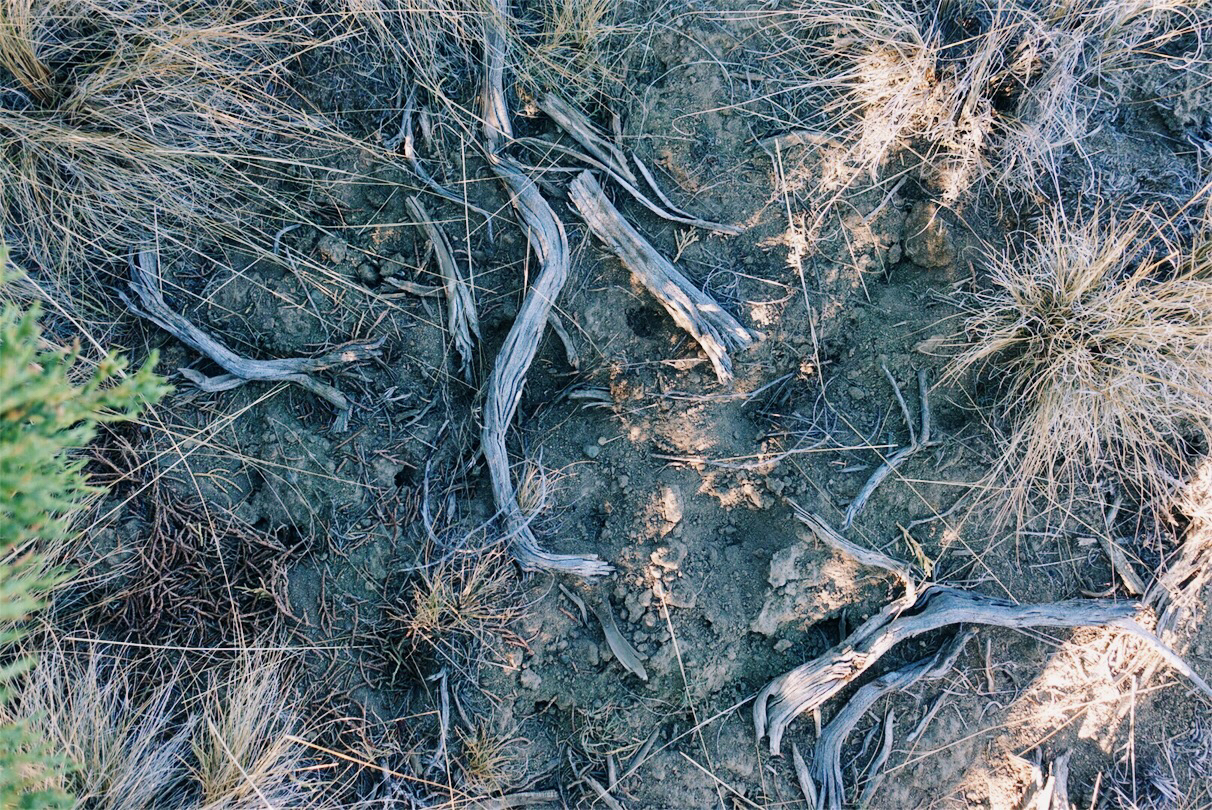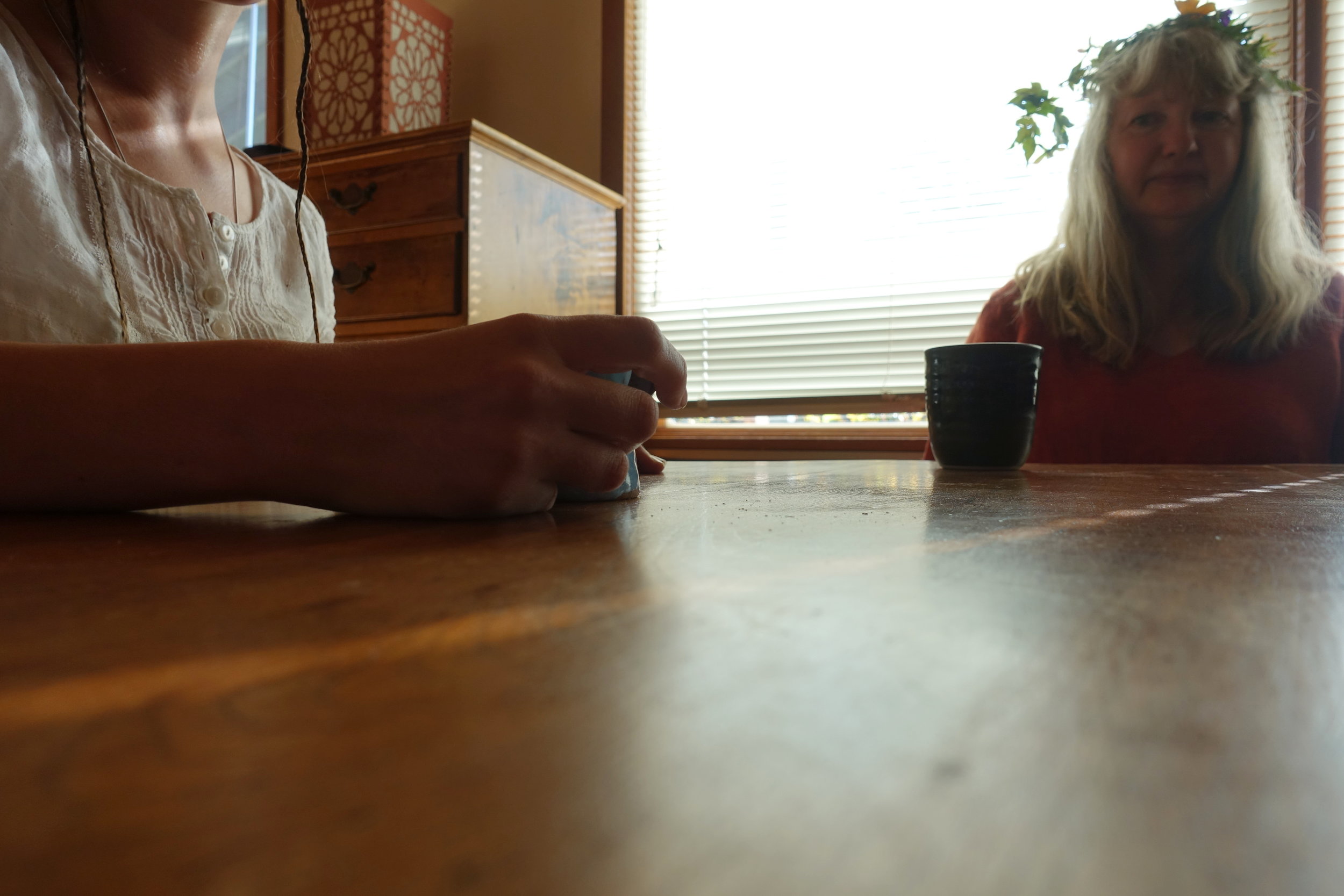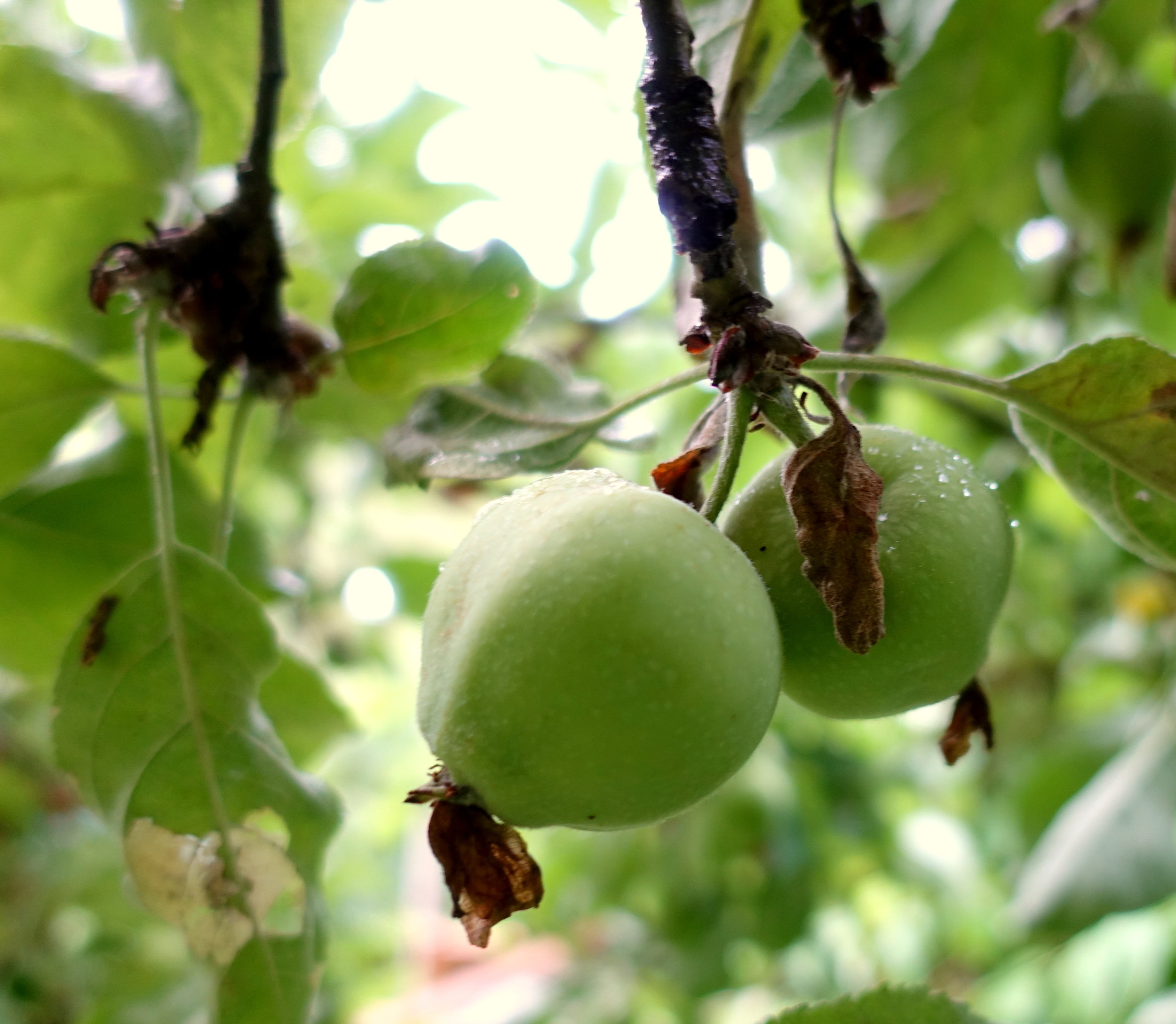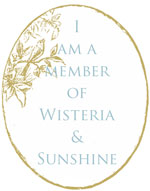advent, the tender season
/DSC_6778
Gertrud Mueller Nelson says that Advent comes to us when "Nature seems asleep. The season is dark, and all that is becoming is hidden from our sight." Much of the church year has a martial, triumphant feel, but Advent, I think, is a woman's season - deeply quiet, patient, and tender - and that is probably why it draws me so. It is a time of waiting, nurturing, and anticipating, more than celebrating and doing; the antithesis, almost, of the cultural Christmas season.
In order to enter into this contemplative time (which for us begins on December 2nd) it helps me to work backward mentally from Christmas and imagine how I want the arc of the season to go. Like many people, I grew up celebrating Christmas as a stressful, exhausting month of spending that culminates in one bloated and excessive day. When I began to understand the cycle of the church year and how it was designed to focus the heart and mind, that pattern became very dissatisfying. But because the pattern is so culturally ingrained and difficult to change, we found we had to opt almost completely out of parts of it in order to regain our perspective. (We are still in the process of shedding old expectations and habits, so what I share here is just a snapshot of our process, not an answer for everyone.)
Except for the young children, we do not give many gifts at Christmas. Each year is a little different, but for the most part, we have found this area to be the hardest to change and to maintain any kind of balance. Buying a gift for one person inevitably leads to buying for a second, then the worry about whether the gifts are equally valuable, and will someone else's feelings be hurt or will that person feel slighted and if we're buying this for one person shouldn't we also buy it for that other one and oh no! I forgot your Aunt Martha! It's relentless. So we began to opt out from all of it. Some years, we pool our money and rent a beach house as a family. Some years we just spend the day together. But until we feel free of the consumer pressure and hysteria of it all, we will not add gifts back into our Christmas celebrations.
As you can probably imagine, once you remove most of the pressure of gift-shopping/buying/wrapping/presenting you have released a lot of time, money, and energy and it's easier to consider a month of simple, contemplative practices.
Our Advent was a little different when we had children at home. We lit candles each night and read prayers and scriptures; we also unwrapped and read a different Christmas book each night; we kept a Jesse Tree and hung ornaments on it; we moved Mary and her donkey around a wooden wreath. (Kortney outlines a really similar practice in her beautiful (free!) e-book. It has many more resources. I highly recommend it!) Our children LOVED this time and it has been a little sad to move on from it, but that is the reality of life. These days our Advent-keeping is much simpler. I purchased four candle holders from Goodwill and some plain beeswax candles and I will make a little wreath with greens and succulents. We'll light the week's candles and pray from The Divine Hours each night, maybe read from Child In Winter. Our church is holding weekly contemplative services on Wednesdays, so we'll go to some of those as well. For me, Advent is a time when I reconnect with the idea of goodness and hope waiting to be born into the world, of the sacrificial love that Mary, Joseph, and Jesus all represent. What am I bearing into this aching world? In what ways am I loving outside myself? Am I sharing God's love with others? Are we as a family reflecting light and hope? In what ways do I need God to heal and rebirth me?
In the still of Advent, the questions of the soul can begin to be answered.
*
It's not all contemplation though, we do celebrate a few days during the Advent season: mainly St. Nicholas' Day, St. Lucy's Day and the Solstice.
St. Nicholas Day is December 6th and he is, of course, the inspiration for most of the Christmas mythology we have now. He's a joyful, pure-hearted saint and we love taking time to remember him. For years now, I have used this day to give books to my family. I love, love, love to give books and I spend a lot of time thinking through the year what I'd like to share with each family member. This is a tradition unique to our family, but one I hold very dear. In addition, we are having a little party for friends this year. In keeping with the St Nicholas traditions, we'll collect socks for the homeless and do a fun sock exchange and I ordered fair trade chocolate coins to hand out.
St. Lucy's Day (Santa Lucia) is December 13th. This was an especially fun day to celebrate when our daughter was young. Traditionally, the oldest daughter gets up early and makes saffron buns and coffee for the family and serves them while wearing a candle wreath on her head. We never managed a candle wreath, but we will still do the saffron buns and coffee, of course!
Solstice is the longest night of the year and the beginning of winter and we typically observe it very simply by keeping the lights off and only using candles, accepting the darkness of the winter and the gradual return of the light.
*
Christmas itself is a full twelve days and there is plenty to celebrate there too, (St John's day gets mulled wine! Yay!) so I'll write more about Christmas as it nears. It can be difficult with everyone else around decorating their hearts out, but we do wait until as close to Christmas Eve as possible to get our tree and decorate it. I can't tell you how much I love waiting. It makes the anticipation of Christmas day so much more exciting when all these little events slowly unfold each in their own time. We'll bring out the creche around the same time as the tree, and start to slowly fill it with the various figures. First Mary and Joseph, a few animals, then on Christmas Eve the angels and the star, the shepherds and their flock. The wise men have to wait for January 6th - Epiphany! - but they are on their way too and sometimes they show up on a bookshelf or in another room, making their way to God in their own time and on their own path.
*
There are so many resources online to help you understand Advent and Christmas, but I hope this gives you an idea of what it can be like. My main encouragement is to slow everything down and strip it back to something that feels life-giving and hopeful for your family - that's the whole point of this season anyway. Please feel free to ask any questions!
Much love to you,
tonia





